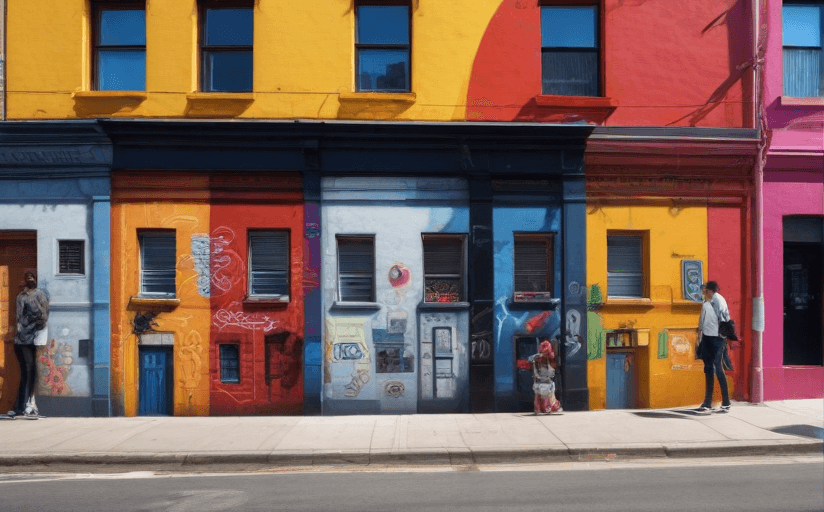The Evolution and Influence of Street Art on Urban Culture
In the realm of visual arts, few forms are as controversial and yet as compelling as street art. From its rebellious origins to its current status as an internationally recognized artistic movement, street art has thoroughly permeated the urban cultural landscape, and served as a key player in shaping our cities’ stories and identities.
Roots and Historical Evolution of Street Art
The roots of street art trace back to the counterculture movements of the 1960s and 1970s, where it was tag-lined as a form of rebellion. Artists, confined by the walls of galleries and the expectations of an 'establishment' audience, took to the streets to voice their unique perspectives and challenge societal norms.
Key Periods and Artists in Street Art
The 1980s saw the emergence of artists like Keith Haring and Jean-Michel Basquiat, who brought a new level of depth to this public medium. From their work emerged dozens of new styles and techniques. The pieces produced during this era set a new precedent, their influence carrying over into future generation of street artists. Banksy, whose satirical stenciling brought street art into mainstream conversations, emerged as a prominent figure in the late 1990s and early 2000s.
Street Art as Social Commentary
Street art has continually served as a radical platform for social commentary. The unfiltered nature allows artists to reflect on socio-political events, societal injustices, and cultural narratives. It offers a voice to communities marginalized or overlooked by mainstream media, and can act as a catalyst for socio-political change.
Street Art Challenges and Artists' Role
This form of art has not been without its share of controversy and challenges. Street artists often teeter on the edge of legality, dealing with issues pertaining to copyright law, vandalism, and public property. Despite these challenges, street artists often play vital roles within their respective communities, not just as voices of dissent but often as catalysts for conversations that drive real change.
The Inevitable Impact of Street Art
As we continue to navigate the complex terrain of the 21st century, street art surely plays a critical role in the evolution of culture, creating a dialogue between the individual, the community, and the world at large.
In conclusion, street art, with its rich history and immense societal impact, symbolizes a defiant expression of human emotion and societal narratives. Its influence is undeniable, shaping the visual language of our urban landscapes and sparking important discussions in our communities.



















Comments
Leave a Comment